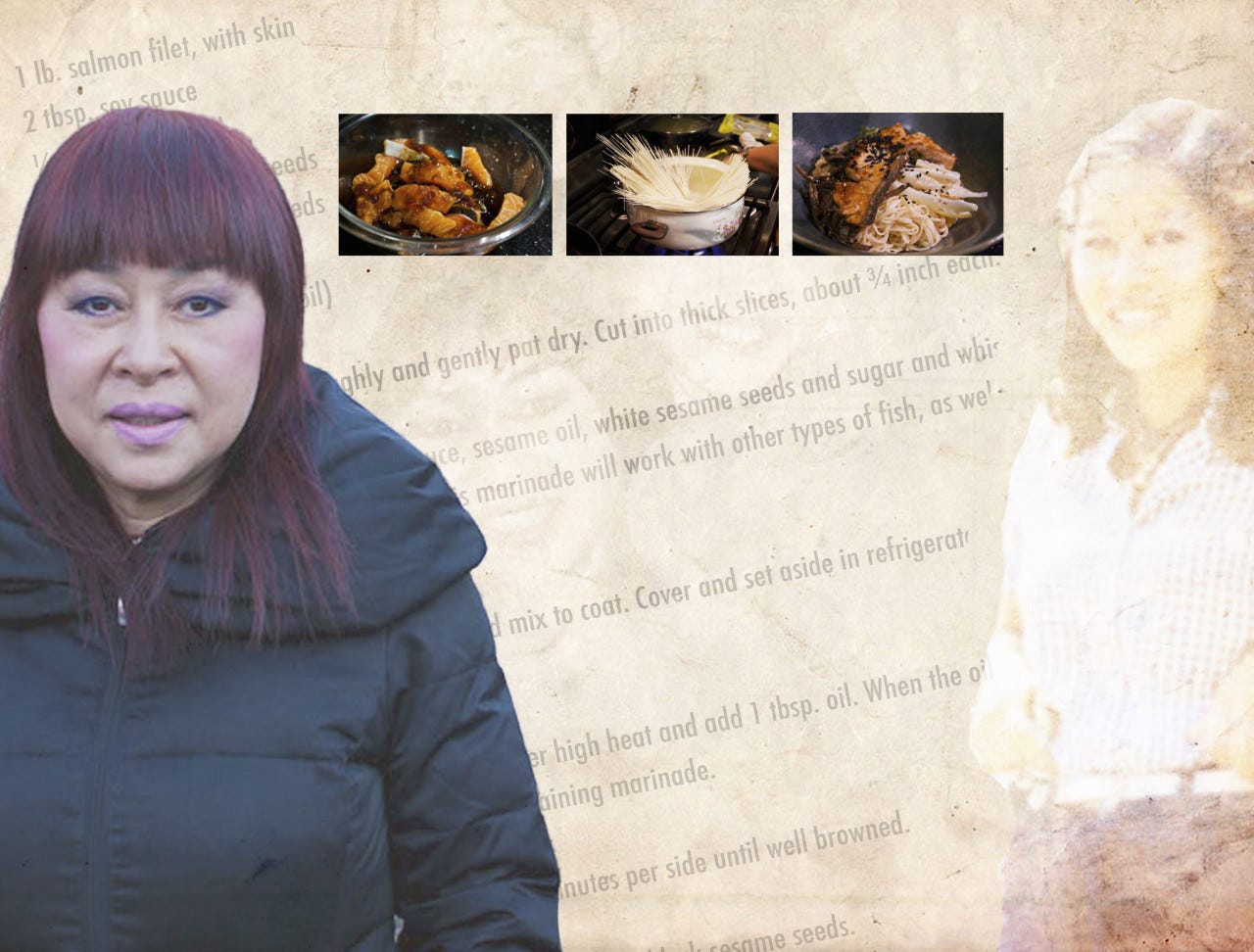Cooking in Translation
With the help of her Korean mother in Seoul and Italian-American mother-in-law in Brooklyn, a New Yorker becomes master of her own cuisine, and finds that taste buds have no borders.
“Eating is not only [for] survival. This is who you are—what you eat.”
“I always wanted to come to New York because I think New York is the center of everything,” says Choi Yoon Hee, who arrived here from South Korea at age twenty-eight. “I’m a very curious person. I’m born to be international—it’s very natural for me.”
Keep reading with a 7-day free trial
Subscribe to Narratively to keep reading this post and get 7 days of free access to the full post archives.




